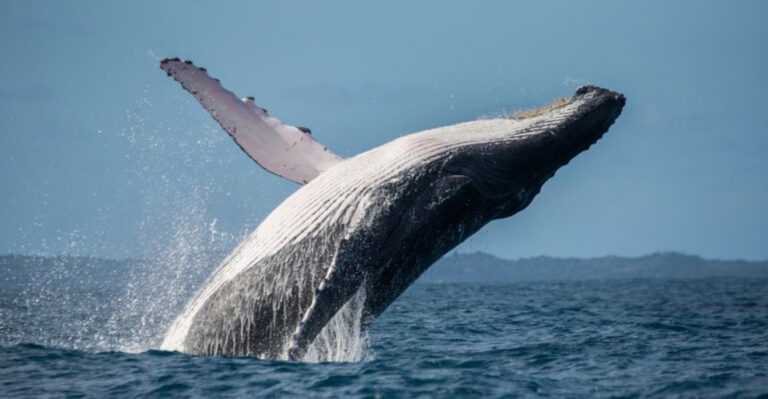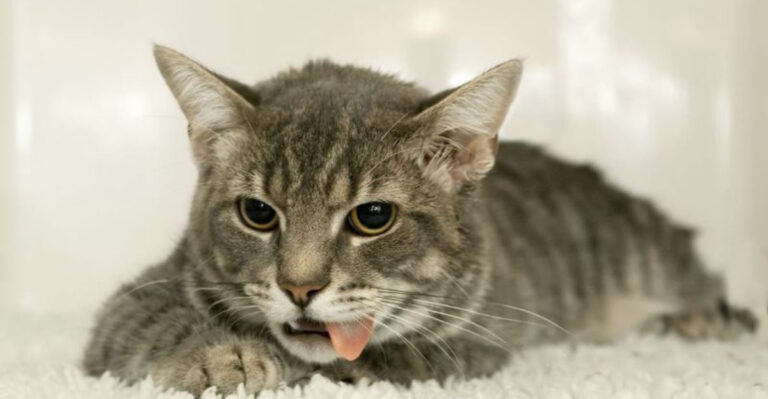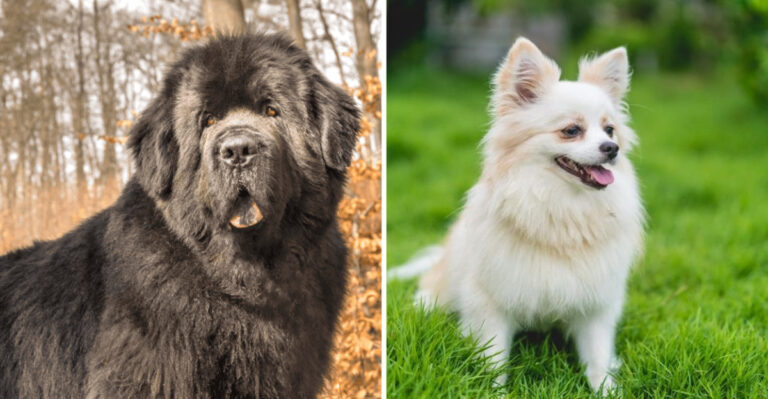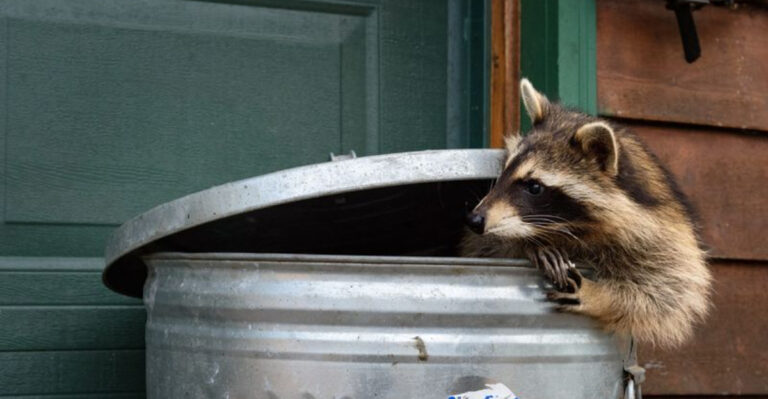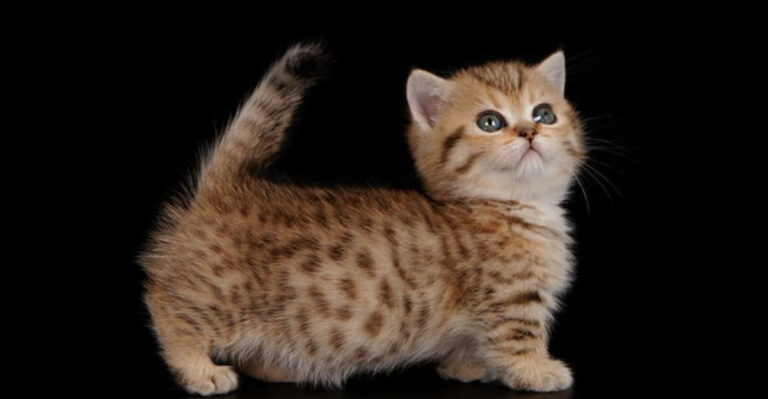13 Animals That Pose The Greatest Risk To U.S. Farmers And Their Livestock
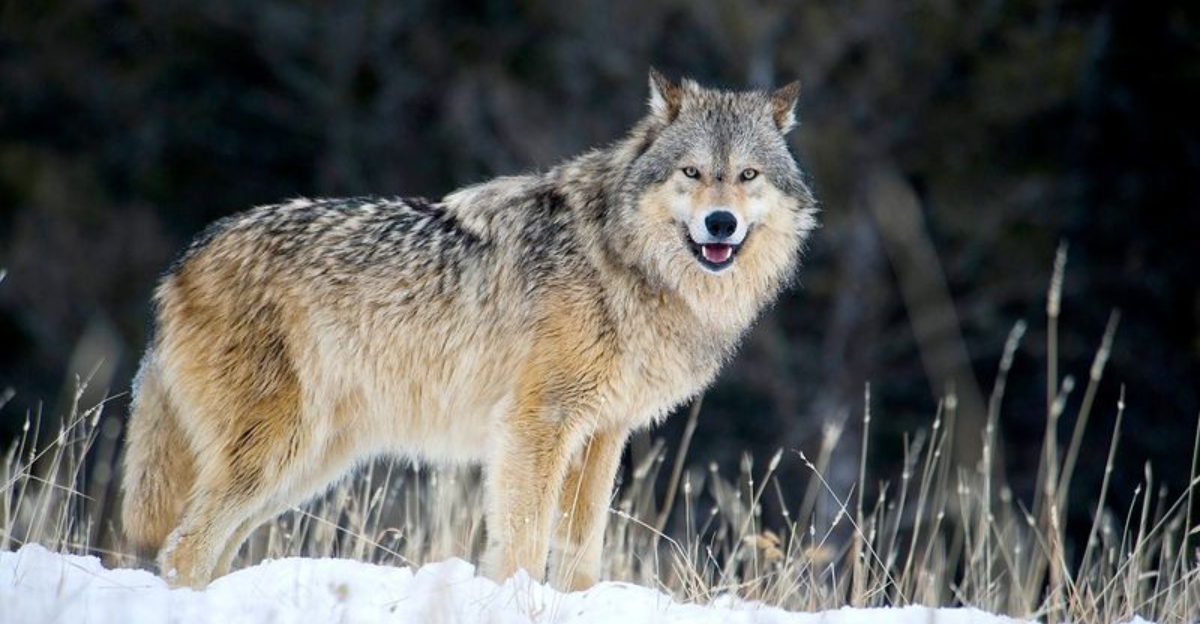
American farmers face daily challenges beyond unpredictable weather and market fluctuations. Wild and domestic animals can threaten both their livelihood and safety.
From predators attacking livestock to disease carriers damaging crops, these animals create significant economic losses for the agricultural industry each year.
Understanding which creatures pose the greatest risks helps farmers develop better protection strategies.
1. Silent Nighttime Hunters: Coyotes
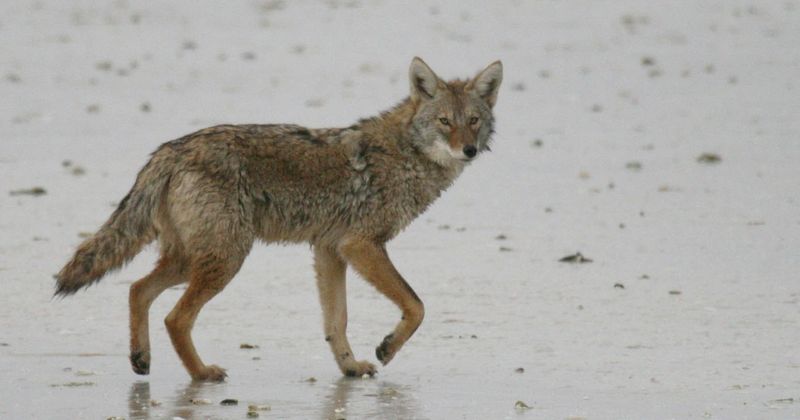
Ever wonder what’s making those eerie howls after sunset? Coyotes have adapted brilliantly to human expansion, thriving even in suburban areas.
These opportunistic predators target sheep, calves, and poultry, often killing multiple animals in a single attack. Their pack hunting tactics and clever nature make them particularly difficult for farmers to control.
2. Aerial Assassins: Birds Of Prey
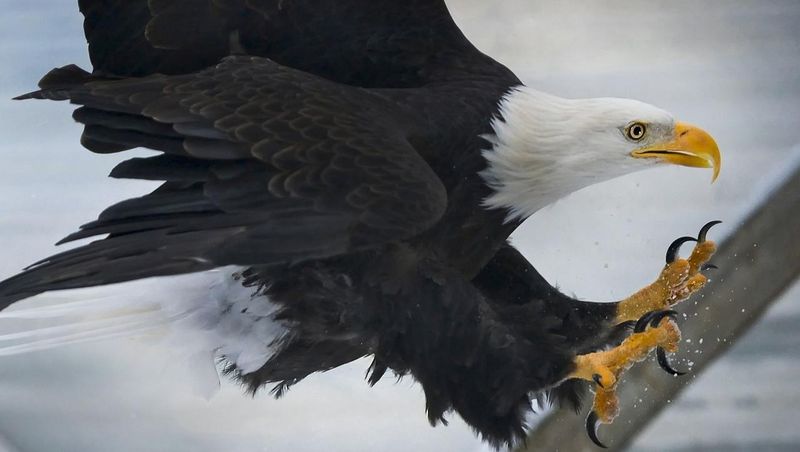
Swooping down from above without warning, hawks and eagles can devastate small livestock operations. Their razor-sharp talons make quick work of chickens, ducklings, and even young lambs.
While protected by federal law, these magnificent birds create a challenging dilemma for farmers who must find non-lethal deterrents. Protective netting and supervised grazing are often the only defense options.
3. Relentless Pack Predators: Wolves
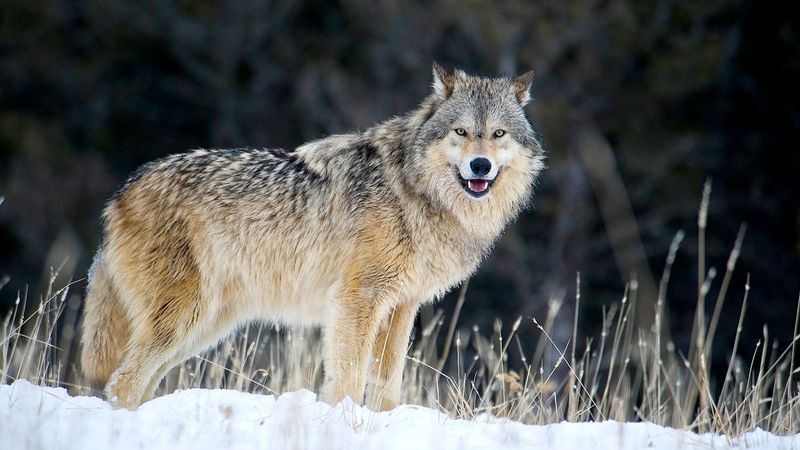
Unlike their more cautious coyote cousins, wolves bring raw power and coordinated hunting strategies to their attacks. A single wolf pack can decimate a cattle herd, targeting vulnerable calves first.
Their return to parts of the Western United States has sparked heated debates between conservationists and ranchers. Some farmers report losing dozens of animals yearly despite using guard dogs and other protective measures.
4. Underground Destroyers: Gophers And Moles
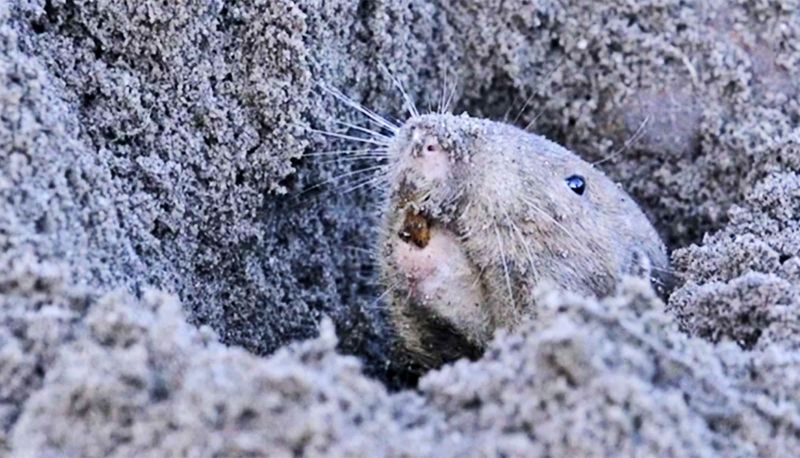
Beneath the soil’s surface lurks an invisible enemy that can ruin entire fields. These burrowing creatures chew through root systems, creating extensive tunnel networks that damage irrigation systems and farm equipment.
A single gopher can create up to 200 mounds per year, each representing significant crop loss. Their rapid reproduction rates mean farmers must maintain constant vigilance against these subterranean invaders.
5. Midnight Chicken Thieves: Raccoons
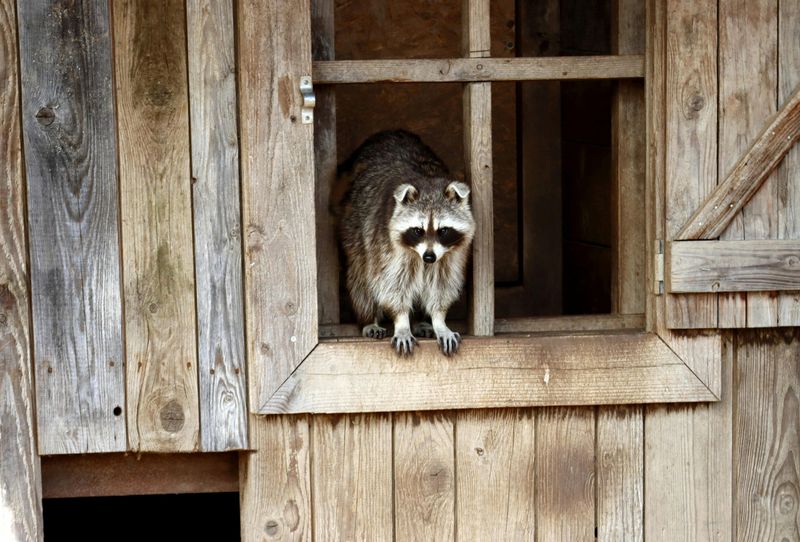
Those cute masked faces hide surprisingly clever minds capable of defeating most simple chicken coop locks. With dexterous paws that can manipulate latches and clasps, raccoons are notorious for midnight raids.
They don’t just steal eggs – they’re brutal predators that can unalive dozens of birds in one visit. Their intelligence makes them particularly frustrating for farmers, who must constantly upgrade security measures.
6. Crop Devastators: Wild Hogs
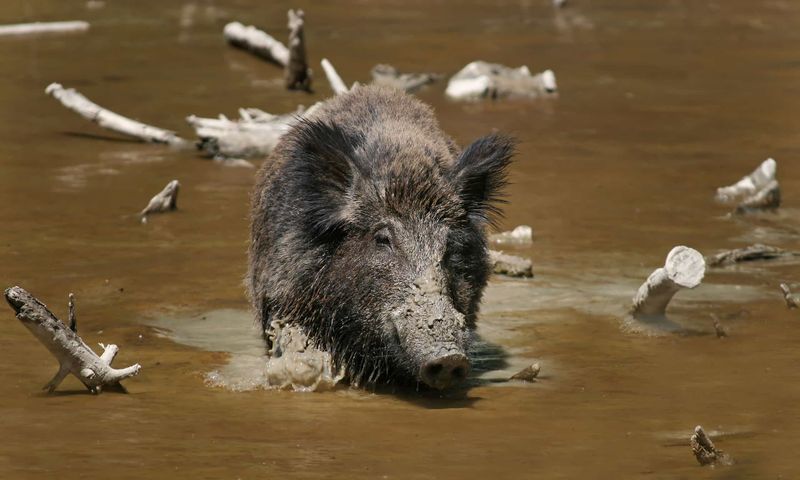
Imagine waking up to find acres of carefully planted fields turned into what looks like a war zone. Feral hogs can plow through crops overnight, causing catastrophic damage while searching for roots and grubs.
Their rapid breeding and lack of natural predators have created an epidemic in southern states. Beyond crop destruction, they spread diseases to livestock and even pose physical threats to farmers who encounter them unexpectedly.
7. Disease Carriers: Rodents

Tiny but terrible, mice and rats cause billions in agricultural damage annually. Beyond consuming and contaminating stored grain, they’re primary vectors for diseases that can devastate entire livestock populations.
Their constant gnawing damages farm equipment, electrical wiring, and buildings. With females producing up to 50 offspring yearly, a small rodent problem can explode into an infestation before farmers realize the threat.
8. Stealthy Night Prowlers: Mountain Lions
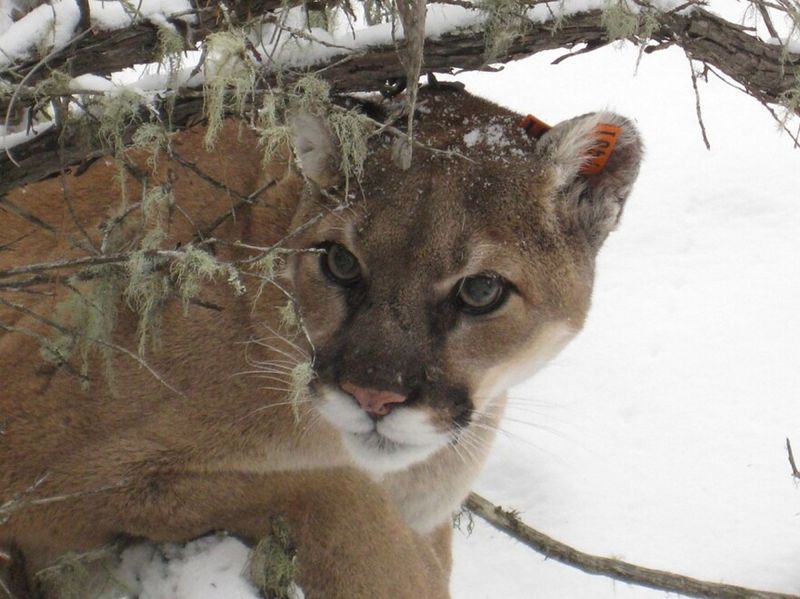
You might never see the culprit, just the grim aftermath. Mountain lions are masters of stealth, often killing livestock without making a sound or leaving obvious tracks.
Unlike wolves or coyotes, these solitary hunters typically take a single animal and may return nights later for more. Their range has been expanding eastward, bringing them into conflict with farmers unaccustomed to dealing with America’s largest cat.
9. Grass Destroyers: Grasshoppers
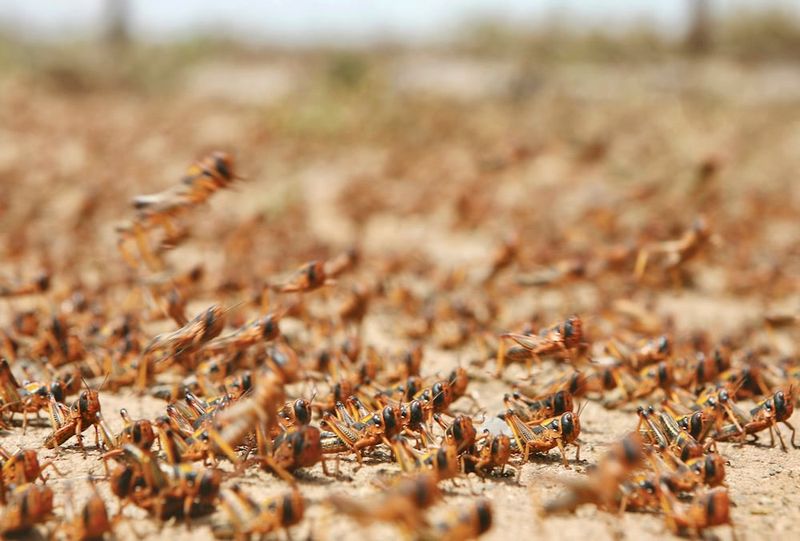
Small but mighty, these insects can form swarms that strip pastures bare in days. When grasshopper populations explode during drought years, they compete directly with cattle for forage, forcing farmers to buy expensive supplemental feed.
A single grasshopper eats half its body weight daily. Multiply that by millions, and you’ll understand why farmers dread seeing these jumping insects arrive each summer.
10. Crafty Crop Raiders: Deer
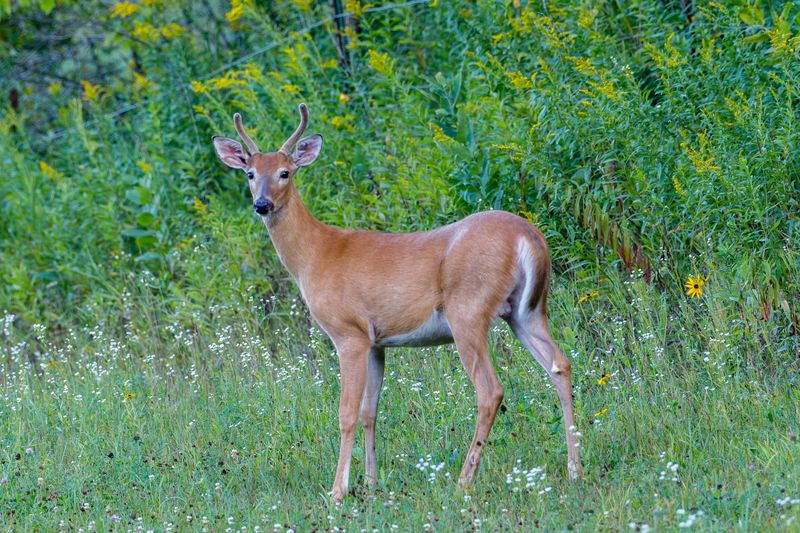
Graceful and beautiful they may be, but farmers see dollar signs disappearing when deer bound into their fields. These nimble jumpers can clear most standard fences with ease, making even protected crops vulnerable.
Beyond direct consumption, deer spread ticks carrying diseases that affect both livestock and humans. Their population explosion in many regions has transformed them from occasional visitors to persistent agricultural pests.
11. Winged Crop Thieves: Birds
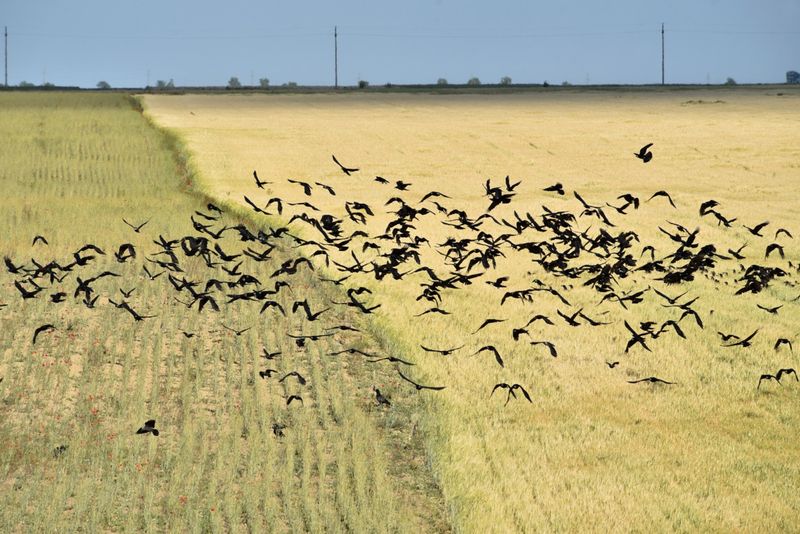
Flocks numbering in the thousands can descend without warning, stripping fruit trees or grain fields in hours. European starlings, blackbirds, and pigeons cause hundreds of millions in crop losses annually.
Beyond direct consumption, birds contaminate livestock feed with droppings that spread diseases. Their adaptability to deterrents means farmers must constantly develop new strategies to protect vulnerable crops.
12. Persistent Predators: Bears
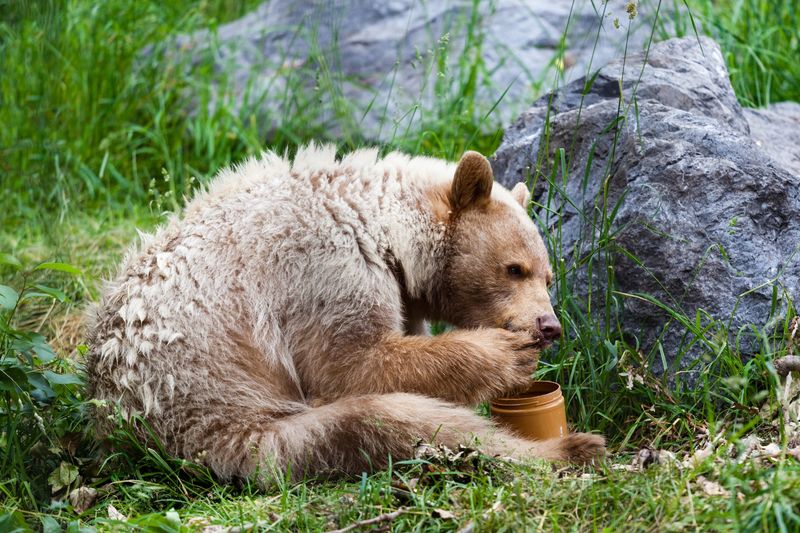
Few farm threats are as intimidating as a 500-pound black bear raiding beehives or breaking into livestock pens. Once bears discover easy meals at farms, they become persistent visitors that are difficult to deter.
Their incredible strength allows them to break through barriers that would stop other predators. While attacks on humans are rare, confrontations with protective mother bears pose serious risks to farmers working to protect their animals.
13. Hidden Dangers: Ticks And Parasites
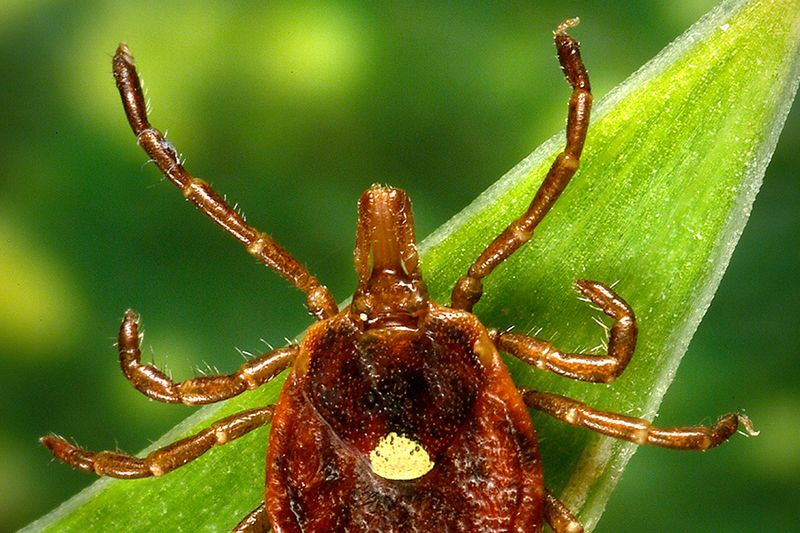
Barely visible yet devastating, these tiny invaders cause billions in livestock losses annually. Cattle ticks can drain up to a gallon of blood yearly from a single cow, leading to anemia, weight loss, and reduced milk production.
Beyond direct effects, they transmit diseases like anaplasmosis that can unalive cattle. Their ability to develop pesticide resistance creates an ongoing challenge for farmers trying to protect their herds.

